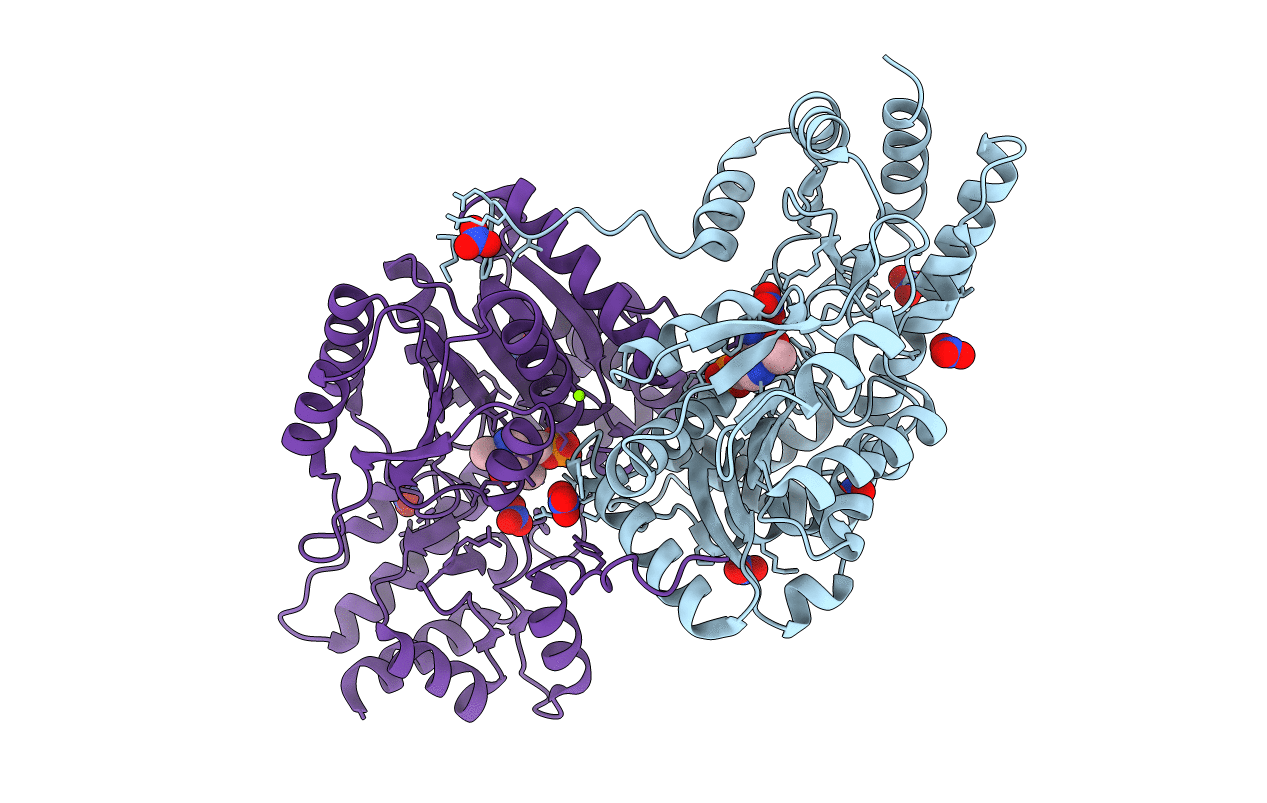
Deposition Date
2014-10-12
Release Date
2015-03-11
Last Version Date
2023-09-20
Entry Detail
PDB ID:
4RKC
Keywords:
Title:
Psychrophilic aromatic amino acids aminotransferase from Psychrobacter sp. B6
Biological Source:
Source Organism:
Psychrobacter sp. B6 (Taxon ID: 408968)
Host Organism:
Method Details:
Experimental Method:
Resolution:
2.19 Å
R-Value Free:
0.20
R-Value Work:
0.14
R-Value Observed:
0.14
Space Group:
P 1 21 1


